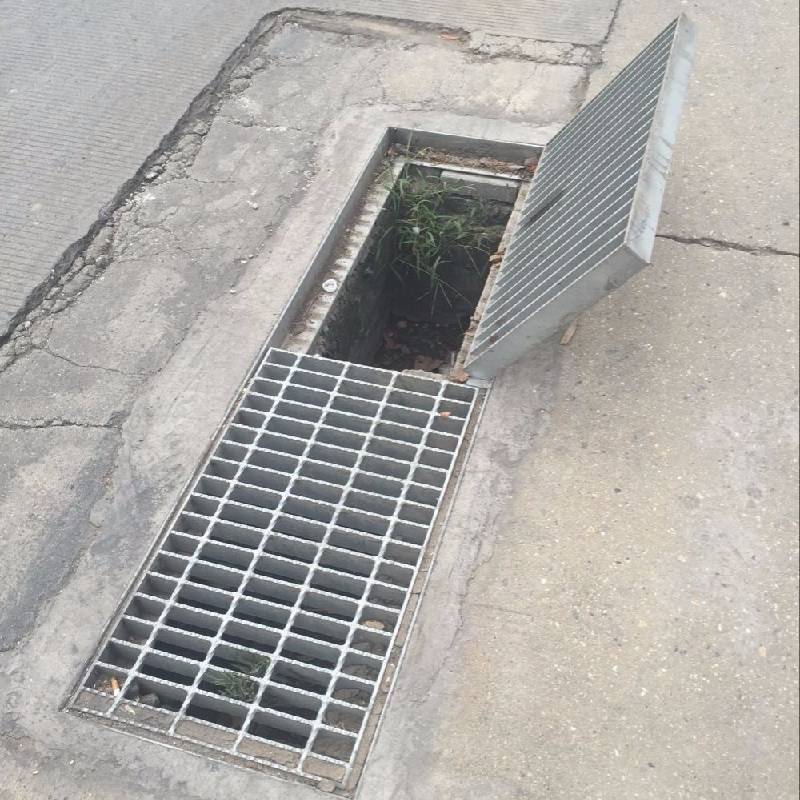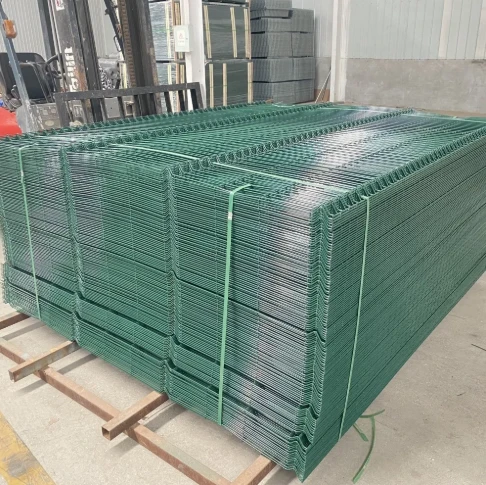In the world of construction and design, the materials used can significantly impact not only the aesthetics but also the structural integrity and functionality of a project. Among these materials, regular expanded metal stands out as a versatile and pragmatic solution for a wide range of applications. As an expert in the field, it's important to delve into the significant attributes that make regular expanded metal a go-to choice for industry professionals seeking both experience and reliable expertise.

Regular expanded metal is not just any ordinary sheet of metal; it undergoes a specialized process that expands the metal's surface area exponentially while maintaining its inherent strength. This expansion process involves slitting and stretching the metal, creating diamond-shaped openings that enhance the material’s durability and flexibility. This unique structure allows it to distribute weight more evenly and resist impact, making it an ideal choice for heavy-duty applications such as walkways, platforms, and protective screens.
One of the standout features of regular expanded metal is its ability to provide excellent ventilation and light filtration. This is particularly advantageous in environments where air flow and natural light are crucial. For instance, in industrial settings or architectural facades, the open design allows natural air and light to penetrate, reducing the need for artificial lighting and ventilation. The benefits of this are twofold not only does it promote a more sustainable environment by reducing energy consumption, but it also contributes to creating a healthier and more comfortable space.

Another key aspect of regular expanded metal is its adaptability. It can be crafted from a variety of metals including steel, aluminum, and stainless steel, each offering distinct advantages. Steel is prized for its strength and durability, making it suitable for applications requiring high structural integrity. Aluminum, on the other hand, offers lightweight and corrosion-resistant properties, ideal for areas exposed to the elements. Stainless steel combines durability with resistance to rust and corrosion, making it a versatile choice for both indoor and outdoor use.
The expertise required to choose the right type of regular expanded metal depends on understanding the specific needs of the project. Factors such as load-bearing requirements, environmental conditions, and aesthetic goals all play a crucial role in this decision-making process. Consulting with experts who have a deep understanding of these materials is essential to ensure that the expanded metal chosen meets both functional and design expectations. This level of specialized knowledge underscores the authoritative stance professionals must take when advising clients.
regular expanded metal
Trustworthiness in the quality of regular expanded metal comes from working with reputable manufacturers who adhere to stringent quality control standards. Sourcing material from certified producers ensures that the metal will perform as expected, providing peace of mind to both the contractor and the client. This reliability fosters long-term relationships built on trust, as clients return to suppliers who consistently deliver high-quality products.
In addition, regular expanded metal’s versatility extends to its aesthetic applications. In architectural design, it can be utilized creatively to add texture, depth, and unique visual elements to buildings and interiors. This dual function as a structural and decorative element showcases the material’s flexibility in accommodating both practical and creative aspirations. Whether used in railings, partitions, or external cladding, expanded metal offers an innovative solution that balances form and function beautifully.
Furthermore,
the eco-conscious aspect of expanded metal cannot be overlooked. The material’s production process results in minimal waste, as it maximizes the yield from raw materials. Its recyclability also contributes to sustainability goals, aligning with the increasing demand for environmentally responsible construction practices. This aspect of expanded metal reinforces its standing as a preferred choice for projects where sustainability is a key concern.
In conclusion, regular expanded metal’s myriad benefits—from strength and versatility to sustainability—make it an indispensable material in modern construction and architecture. Its ability to seamlessly integrate functionality with aesthetics provides an edge in meeting the diverse demands of today’s engineering and design projects. By leveraging expert knowledge, adhering to authoritative standards, and ensuring trustworthy practices, regular expanded metal continues to forge its place as a key component in innovative and sustainable building solutions.























